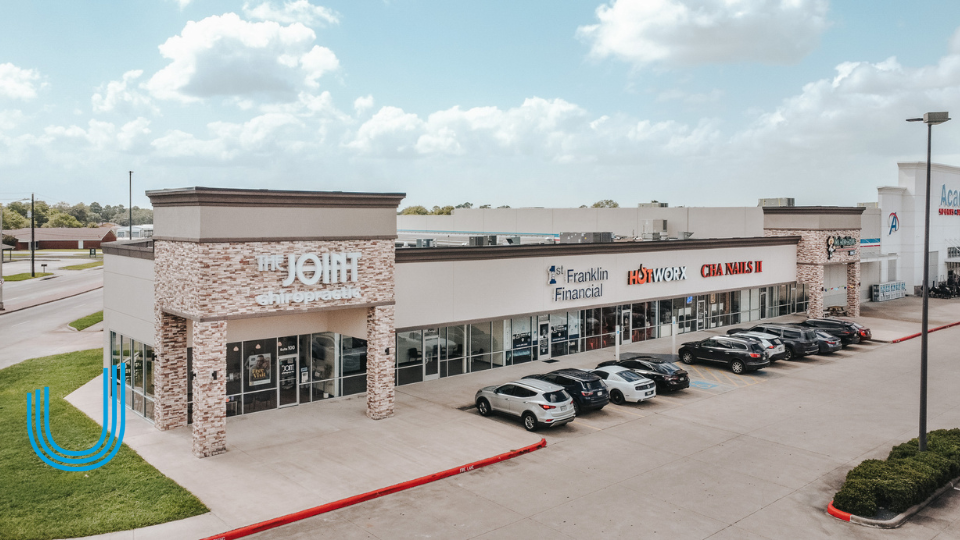Key Investment Metrics Every Real Estate Investor Should Understand
When investing in real estate, understanding key metrics is crucial for making informed decisions. These metrics help you evaluate potential opportunities, assess risk, and predict returns. Below, we highlight the most essential investment metrics to understand. Remember, these are general guidelines; always tailor your analysis to your specific investment goals and risk tolerance.
Cash-on-Cash Return (CoC Return)
Cash-on-Cash Return is a measure of the annual pre-tax cash flow compared to the total amount of cash invested. This metric helps investors understand how much cash an investment generates relative to the cash they have put in. For example, if you invest $100,000 in a property and it generates $10,000 in annual cash flow, your CoC return is 10%. This metric is particularly useful for investors looking for cash flow properties.
Internal Rate of Return (IRR)
IRR is a time-sensitive metric that calculates the annualized return on an investment, considering the timing and size of all cash flows. It’s particularly useful for evaluating long-term investments or comparing different investment opportunities with varying cash flows.
A higher IRR indicates a more desirable investment, but keep in mind that IRR can be influenced by assumptions about future performance, so use it in conjunction with other metrics.
Equity Multiple (EM)
The equity multiple is a straightforward metric that shows how much an investor’s capital has grown over the life of an investment. It’s calculated by dividing the total cash distributions (both periodic returns and sale proceeds) by the total equity invested. For example, an equity multiple of 2.0x means an investor has doubled their initial investment. This metric is particularly useful for understanding the overall return potential of a real estate investment, regardless of the time frame. However, it’s important to consider it in conjunction with metrics like IRR to gauge the time value of money.
Net Operating Income (NOI)
NOI is a key metric that represents the income generated by a property after deducting operating expenses but before accounting for taxes, financing costs, and depreciation. NOI helps you understand the property’s profitability and is a critical component for calculating other metrics like capitalization rate (cap rate) and debt service coverage ratio (DSCR).
Capitalization Rate (Cap Rate)
Cap rate is the ratio of NOI to the property’s purchase price or market value. It provides insight into the potential return on investment and is often used to compare properties. For example, a property with an NOI of $50,000 and a market value of $1 million has a cap rate of 5%. While cap rates can vary by market and property type, a higher cap rate generally indicates higher risk and potentially higher return.
Debt Service Coverage Ratio (DSCR)
DSCR measures the property’s ability to cover its debt obligations with its NOI. A DSCR greater than 1 indicates that the property generates enough income to cover its debt service. Lenders often use this metric to determine the risk level of financing a property.
For example, a DSCR of 1.2 means the property generates 20% more income than necessary to cover its debt payments, which is a healthy buffer for unforeseen expenses or vacancies.
Conclusion
Understanding these key metrics can empower you to make more informed investment decisions and achieve your financial goals. Whether you are a seasoned investor or new to real estate, knowing how to analyze properties using these metrics will provide a solid foundation for successful investing.












